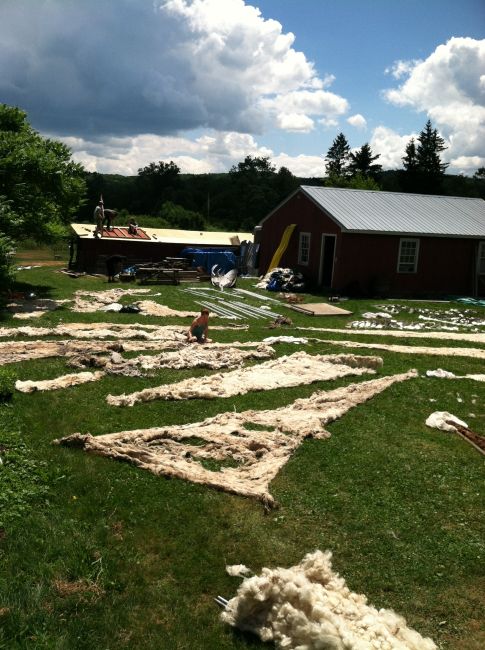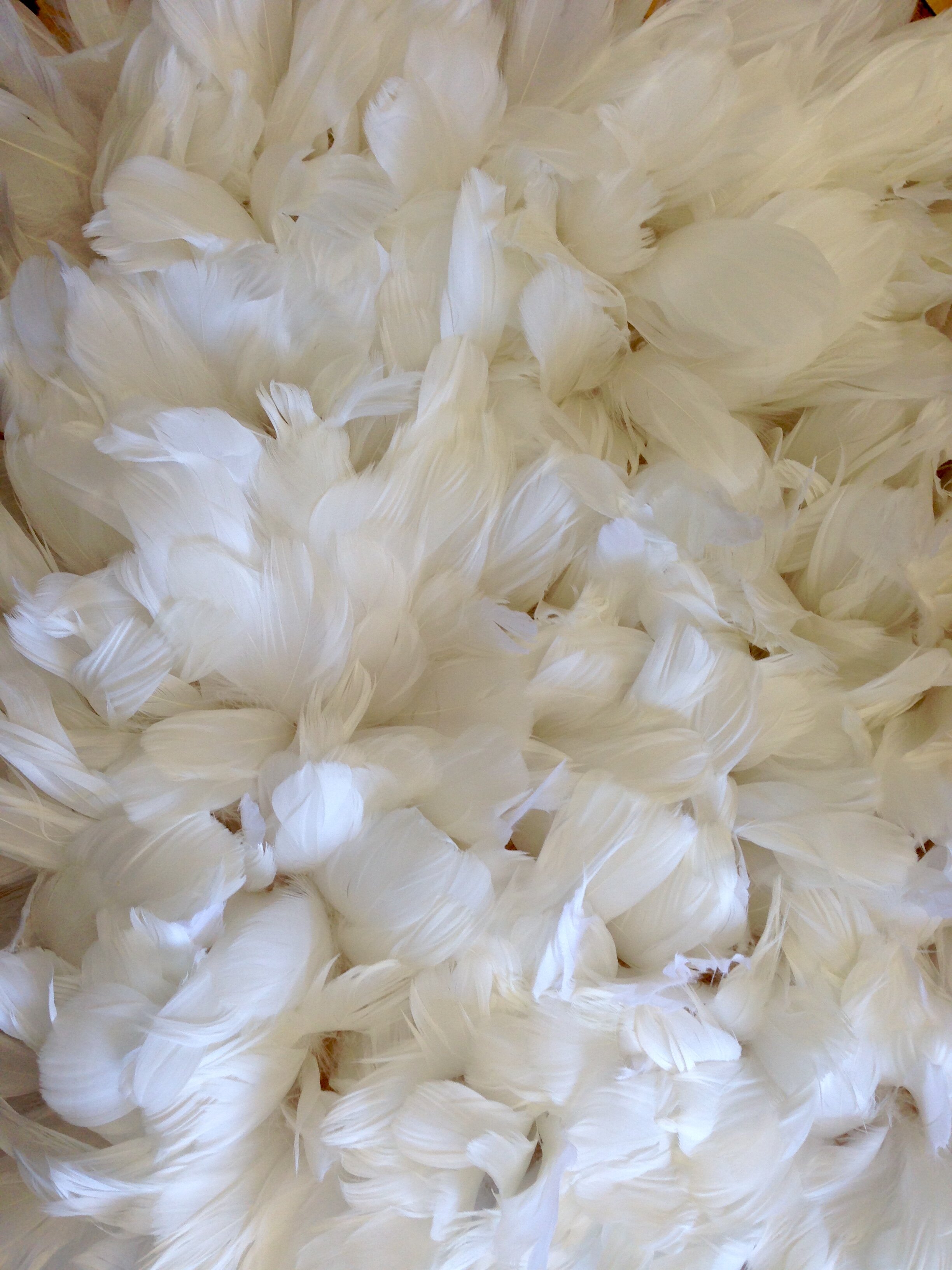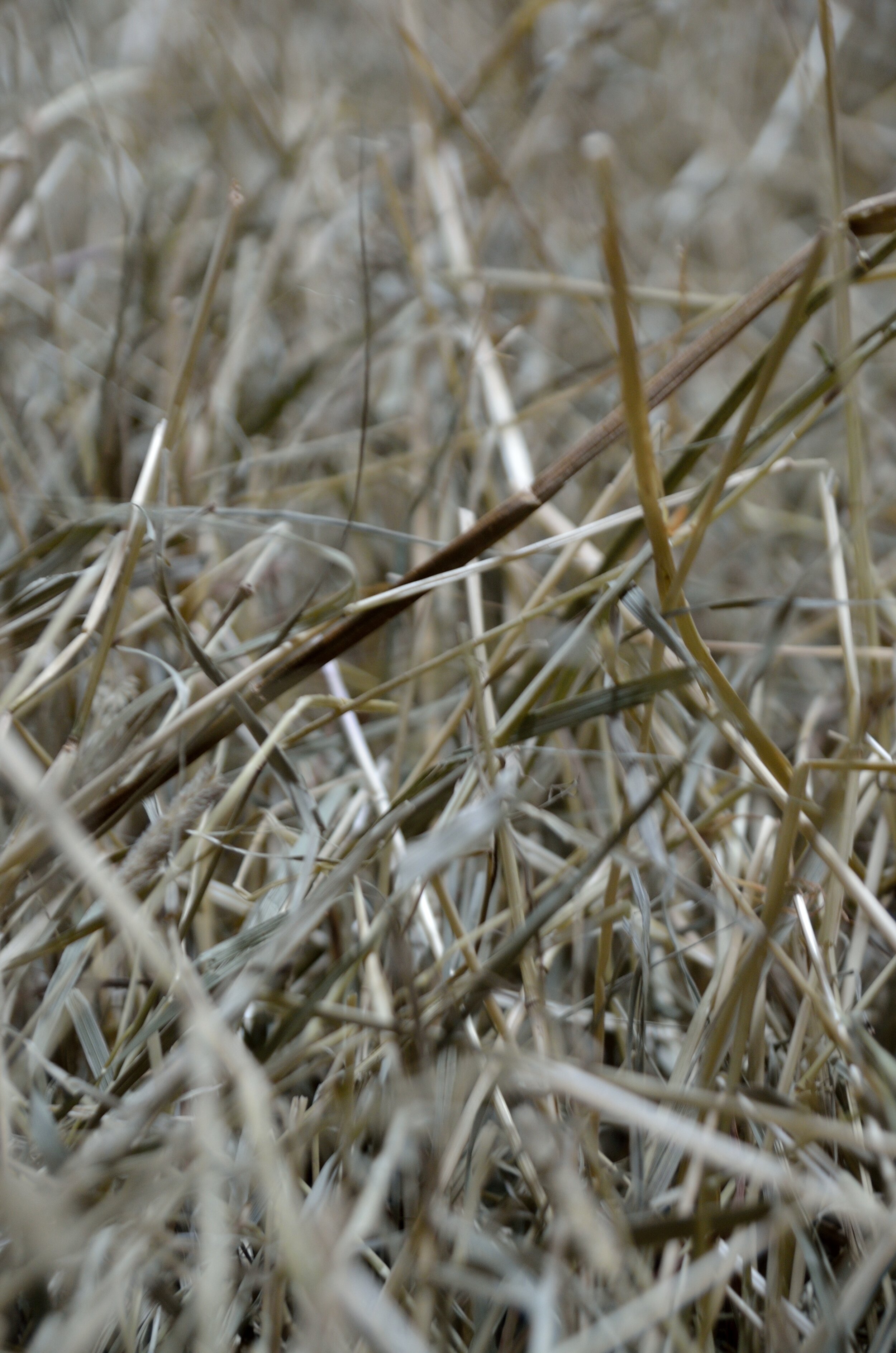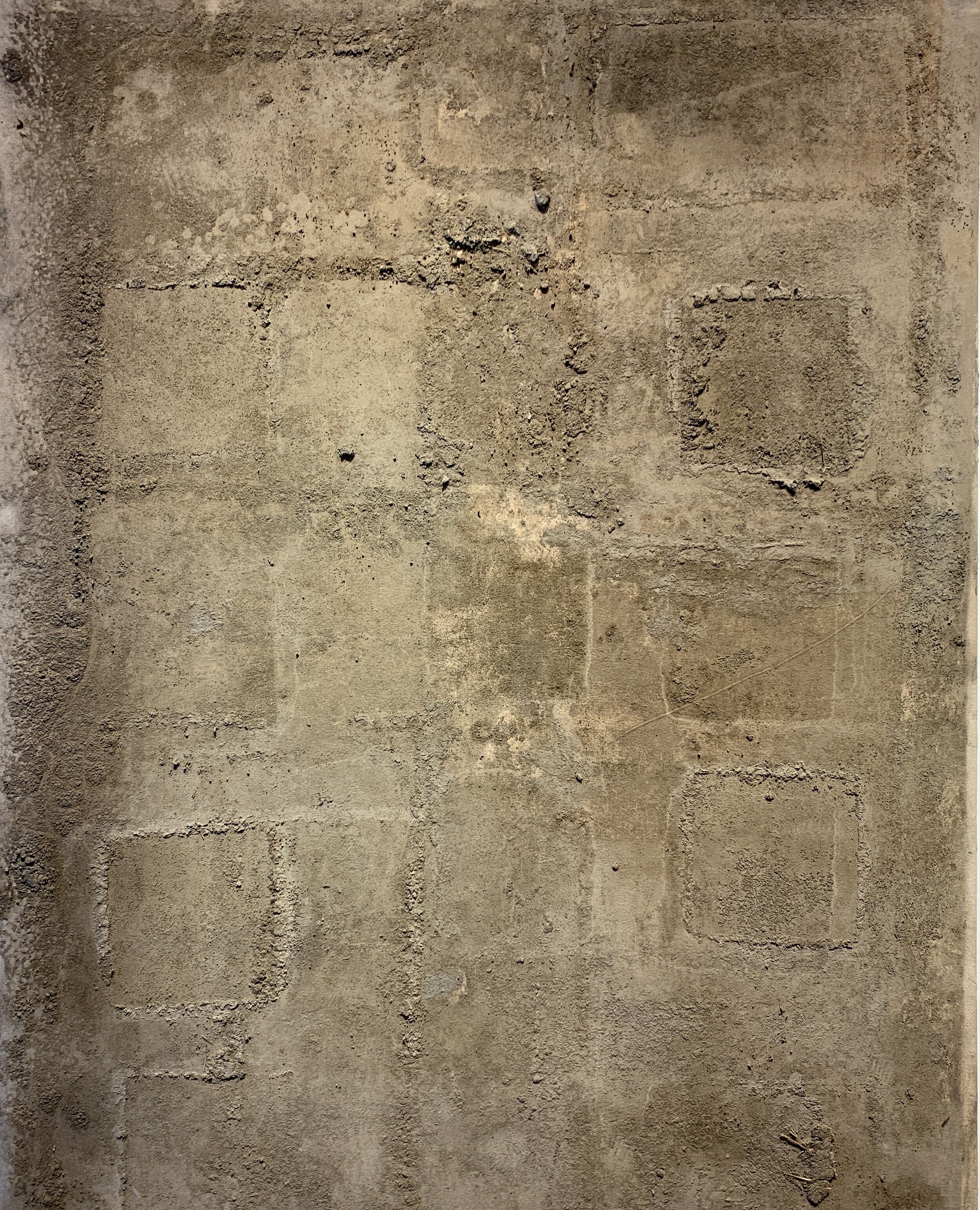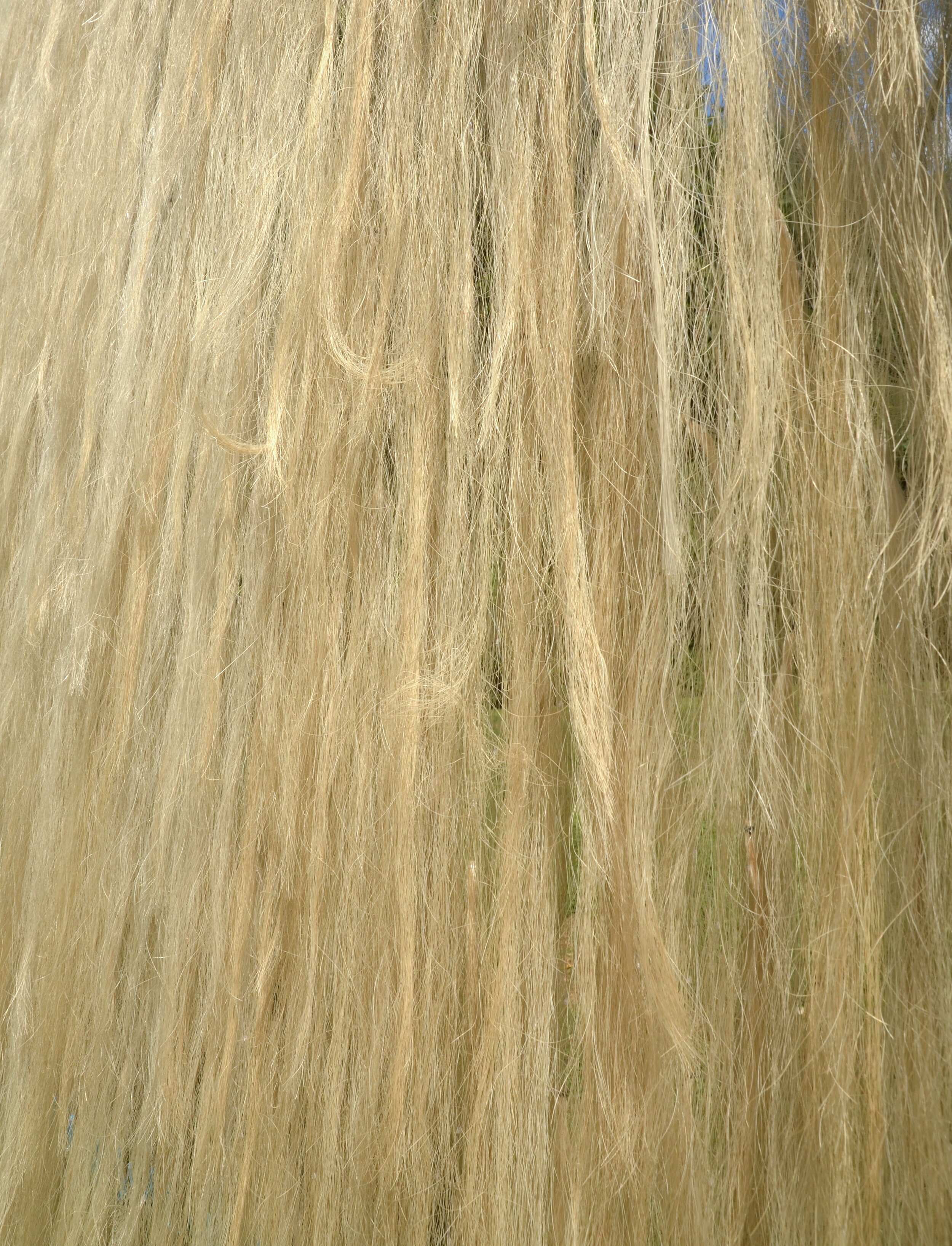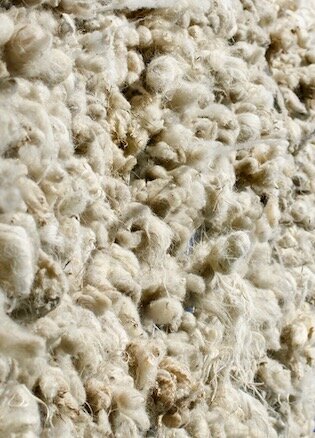The Lighthouse, a new site-specific light and natural material installationwill be on view from May to October 2013 in Boston's Christian Science Plaza as a part of the Boston Sculptors Gallery's group show, Convergence,co-sponsored by The First Church of Christ, Scientist. My 70-foot tall wool and sailcloth sculpture will enliven the vast concrete plaza with organic materials responsive to wind and be dramatically lit at night by internal lighting elements. More than two dozen public art installations from Boston Sculptors Gallery members will be on display at the Plaza to draw attention to contemporary visual art and promote its prominent place in the life of the city.
© The First Church of Christ, Scientist. Used with permission. (aerial view of installation site)
© The First Church of Christ, Scientist. Used with permission. (view of installation site near the reflecting pool)
This dynamic installation will employ scaffolding to surround an existing lightbox that depicts images of children. The scaffolding creates an industrial platform for me to weave 150 feet of raw wool collected from New England sheep farms. The flowing, airy and textural natural materials will provide a contrast to the surrounding static concrete and steel buildings. This mixture of urban and rural materials, The Lighthouse, is full of metaphor: protection, home, community, comfort.
This contemporary sculpture is my gift to the city of Boston. No money will be made in the sale of the temporary installation, and for this, I will need to raise $10,000 to install and rent scaffolding for six months. Your contribution will, quite literally, provide the foundation of this monumental and dynamic sculpture. In collaboration with The Christian Science Plaza, we have acquired all the required city permits and permissions for the installation. It is all-systems-go right now in the studio; wool is being sheared and collected from local farms, college interns are helping weave and felt in the studio and the smell of lanolin is in the air!
To follow the development of the process of making The Lighthouse, please visit the studio blog, subscribe to get RSS feeds, or sign up for periodic email updates on the home page.
Please visit http://www.usaprojects.org/project/the_lighthouse to learn more and to donate.
I greatly appreciate your contribution.
Thank you,
Nancy





















